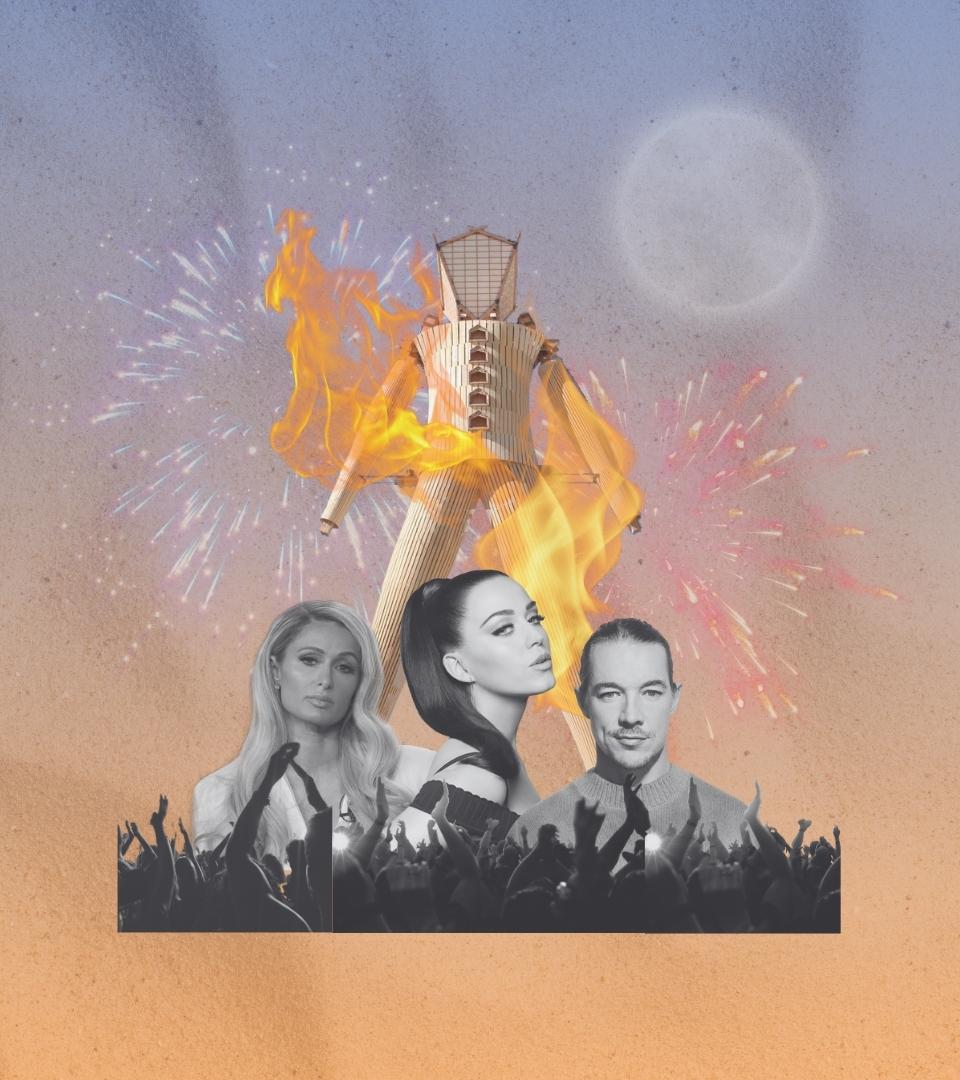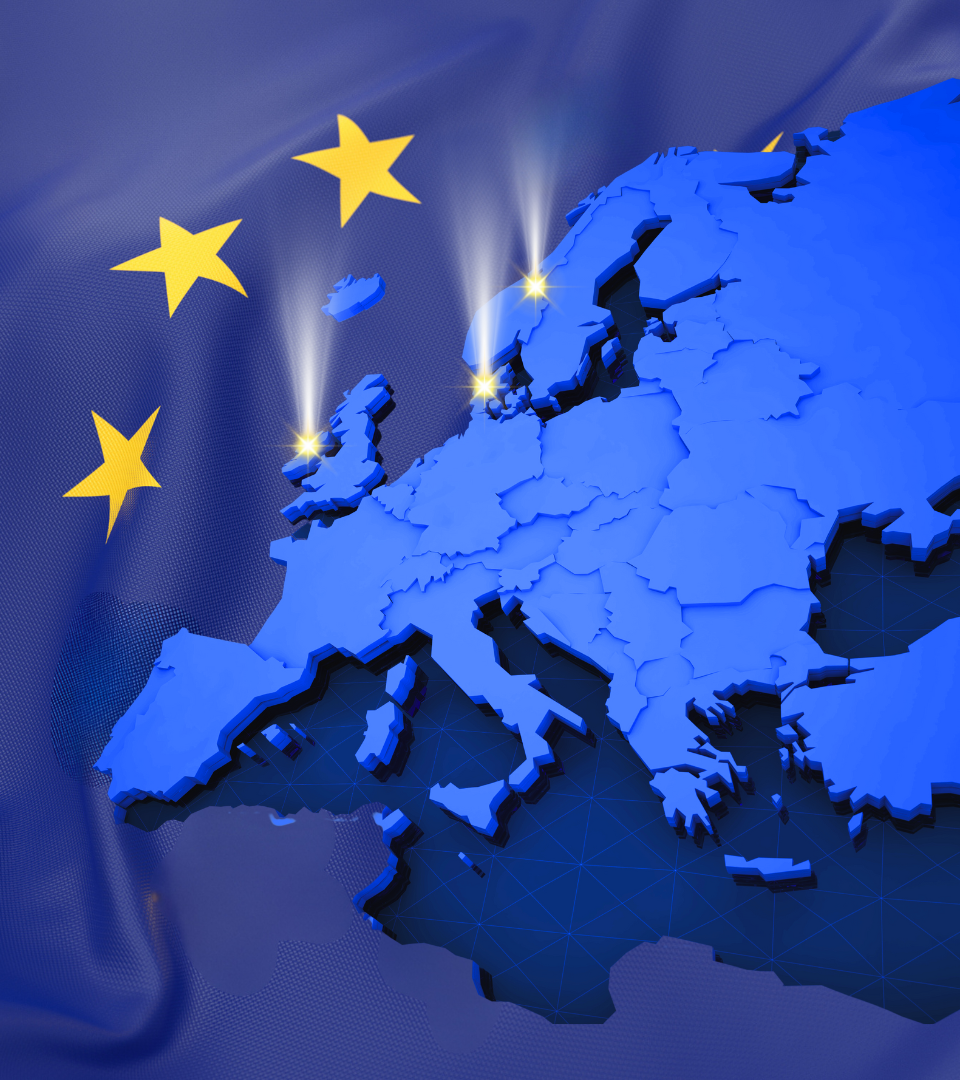George Lucas not only boasts an art collection valued at around 600 million dollars, which includes paintings by Edgar Degas and Pierre Auguste Renoir, but he has also invested one billion dollars in the Lucas Museum of Narrative Art in San Francisco. The museum showcases a wide range of items, from famous paintings to Star Wars memorabilia and unpublished photographs.
On the one hand, Madonna’s collection is valued at over 100 million dollars and features works by Frida Kahlo and Pablo Picasso. Meanwhile, Leonardo DiCaprio’s artistic wealth stands at around 260 million dollars, and David and Victoria Beckham’s collection is worth 40 million pounds. The former footballer and Spice Girl proudly display creations by provocateurs and the ultra-cool Damian Hirst, Banksy, and Tracey Emin.
Similar to these mega-celebrities, those in the financial industry have increasingly recognized the resilience and value of the art market, particularly in the wake of the pandemic. Art serves as both a ‘hedge’ and a diversification tool in their portfolios, providing not only financial benefits but also the joy of owning a unique and visually captivating object.
Like any investment, art is susceptible to economic fluctuations. Maximizing profitability requires not only knowing how to calculate its current value and future potential but also mastering the unique characteristics of this specialized world
The higher the quality of the piece, the lower the risk, as established names are safe havens. Investing in an emerging artist may involve higher short-term risks, but if the young talent establishes itself in the market, it can be highly profitable.
Artworks tend to appreciate in value over time rather than lose it. For instance, in 1997, Pablo Picasso’s painting “Femme assise près d’une fenêtre (Marie-Thérèse)” sold for 6.8 million dollars. Sixteen years later, it reappeared at Sotheby’s in London, fetching 44.7 million dollars. But its journey didn’t end there—it was auctioned at Christie’s in New York in May 2021 for a staggering 103.4 million dollars.
Another example of the art market’s stability in recent decades occurred in May 2009, just five months after Lehman Brothers declared bankruptcy. The art collection of French designer Yves Saint-Laurent, comprising over 700 pieces, set a record as the most expensive in history, selling for a total of 483.8 million dollars. To this day, this record remains unbroken.
The Trend of Fractional Ownership
According to experts, it’s wise to consider art as a complement to other financial assets, focusing on medium and long-term investments. Its appeal lies in its resilience against inflation spikes and the high volatility of global stock markets, which often do not affect its valuation. Art also possesses intrinsic value, independent of the currency you choose for investment. Financial experts describe art as ‘counter-cyclical’ since it remains largely unaffected by macroeconomic events, unlike fixed and variable income investments.
Another attraction is that in many countries, such as Spain, there are tax benefits that enable you to avoid paying capital gains tax on artwork.
All these reasons have led art to surpass even gold as an investment instrument, although investing in the precious metal is still considered more predictable and stable
Choosing art involves more than acquiring physical items like paintings, furniture, manuscripts, ceramics, sculptures, or photographs. It can also mean investing in shares of companies like auction houses Sotheby’s and Christie’s, participating in art funds dedicated to buying and selling art, or exploring crowdfunding as an interesting, albeit risky, way to invest in and support projects by young and unknown artists.
For those with limited resources, companies like Masterworks provide opportunities to invest in art. The formula is straightforward: on the company’s website, a diverse range of available works allows anyone to own a share of a specific painting with contributions ranging from $500 to thousands of dollars.
Fractional ownership enables individuals with smaller budgets to enter a market previously exclusive to the super-rich, reflecting a new trend known as the ‘democratization of luxury.
Masterworks even loans these artworks to museums for public viewing. So far, more than 10,000 new investors have contributed over $30 million to this venture.
High-value art serves not only as an investment but also as a means to gain global influence and prestige, as exemplified by Saudi Arabian Prince Mohammed Bin Salman. In 2017, he purchased Leonardo Da Vinci’s “Salvator Mundi” for $450 million. Its current storage location remains uncertain, and the Saudis have announced that it won’t be publicly exhibited until 2024. This underscores Bin Salman’s ability, backed by immense wealth, to exercise control over one of the most expensive paintings in the world of art.


